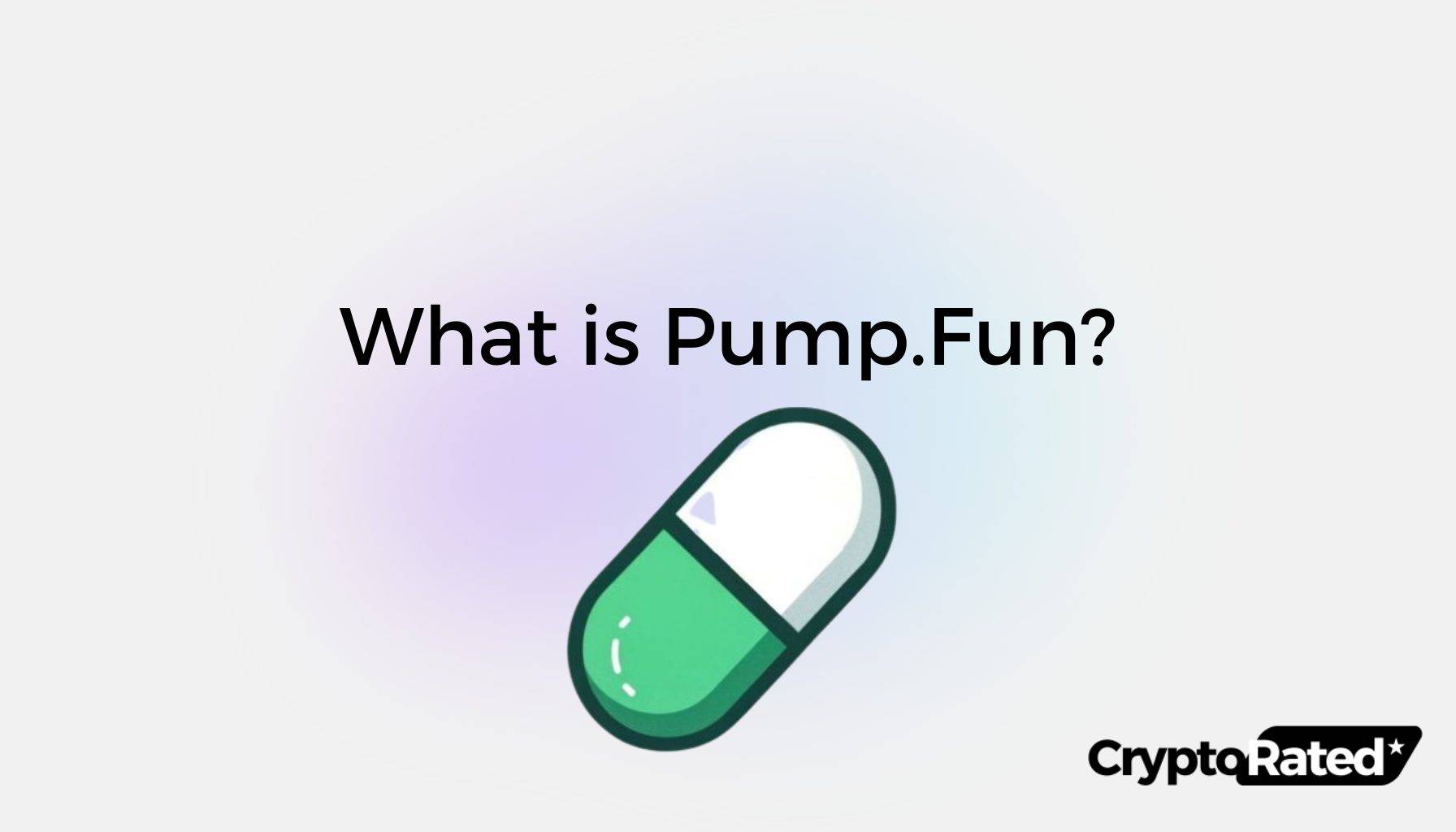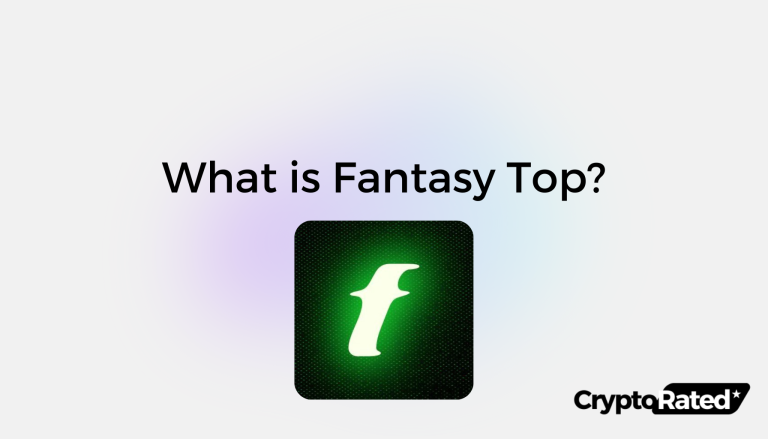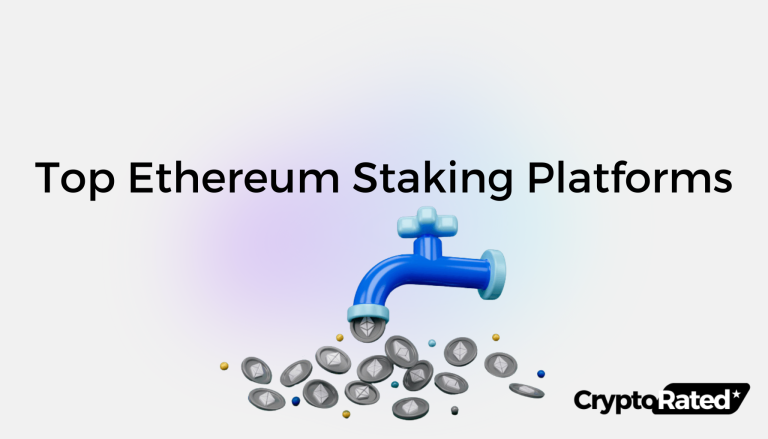
What is Pump.Fun? How Does It Work?
Pump.Fun has surged in popularity since its launch at the start of 2024, establishing itself as a key player in the memecoin trading space. The platform introduces a new approach to the creation and trading of memecoins, streamlining the initial phases of memecoin launches by eliminating the complexities and trust issues surrounding the seeding of liquidity. The platform’s appeal stems from an intuitive user interface paired with the ability for users to produce and exchange tokens with ease and trust.

Key Features
The platform allows for instant trading without delays in minting, ensuring fair launches without pre-sales or insider advantages. The following features enabled the platform to stand out and gain traction:
- Bonding Curve Method: A bonding curve mechanism is used as a means of purchasing tokens on the platform. The token price is determined by a bonding curve algorithm that adjusts its price dynamically depending on the varying supply and demand. Once the curve reaches 100% (and the token’s market cap reaches a pre-determined threshold), the token and all the liquidity from the bonding curve are deposited into a liquidity pool on Radyium, with the liquidity pool tokens burned (meaning no one can touch or remove the seeded liquidity).
- Instant Trading: Tokens launched on Pump.fun are instantly tradeable without any delay in minting and distribution, ensuring a fairer launch process without pre-sales or insider advantages.
- No Presales & Insiders: The platform prevents rug pulls (exit scams where founders steal investor funds) by ensuring that all launches adhere to a strict no-presale, no-insider allocation policy.
- Low Costs: The cost of launching a token on Pump.fun is very low and only costs 0.02 SOL. The platform also imposes a 1% swap fee for users buying and selling tokens, which is an essential revenue-generating mechanism for the platform.
- Community Board: A vital aspect of a memecoin’s success lies in the cultivation of an engaged community. Token creators are encouraged to engage with social media, discussion forums, and other digital channels to draw in prospective purchasers and stir up excitement. Pump.fun offers its own community board designed to facilitate communication among the platform’s users.
- Simplicity and Ease of Use: The steps to launch tokens are straightforward: one simply needs to connect a crypto wallet, initiate a new coin creation, input details across four fields, and finalize the creation process. Therefore, any user can easily become a “token developer” and launch their own memecoin.
Understandably, there are still substantial risks, as token prices can fluctuate wildly, and losses are common.
What blockchains is the platform compatible with?
Pump.Fun is compatible with a number of blockchains, including Solana, Blast and Base. This yet another meaningful component of the platform and arguably another driver of its success. These chains provide ultra-fast transaction processing speeds, low fees and are therefore popular among memecoin traders and investors, where every second and dollar counts.
By being compatible with Solana, Base and Blast, it enables the Pump.fun platform to appeal to a broad range of users and appeal to memecoin traders across different ecosystems. This in turn accelerates the platform’s user activity and therefore meaningfully increases its revenue generation and profitability.
What is the revenue and profitability of Pump.Fun?
The platform’s profitability has been a widely discussed topic on Crypto Twitter, with many being shocked by the numbers behind the platform. Pump.Fun has been leading the DeFillama revenue charts lately and while being a simple consumer app that launched fairly recently, its generated revenue was comparable with established players such as Lido, Uniswap or Layer 1 blockchains such as Bitcoin, Tron, Solana, and Ethereum.


The ability of the platform to generate such impressive revenues is understandably a result of the traction and user activity that it garnered. However, based on onchain analytics it is clear that the key revenue and profitability driver is the platform’s 1% swap fee mechanism. The swap fee is imposed on all user activity (buying/selling of tokens) and given the recent surge in activity and overall volume traded of the platform, the swap fee along with the 0.02 SOL fee collected for token creations add up to these impressive numbers.
Examples of Success
Shark Cat (SC) is a memecoin token launched on the platform, which has managed to gain a lot of traction and popularity on Crypto Twitter and eventually achieved a market valuation of $100 million.
MICHI is another memecoin token launched on the platform and currently the number one Pump.fun token by market capitalization of all time. It is worth over $233 million at the time of writing and exceeded the success and popularity of Sharkcat.
How to Trade on Pump.Fun?
When considering the merits of a new token, it is essential to pay close attention to the details provided. Information such as market capitalization, creator’s wallet address, and occasionally things as basic as the token logo can help in determining what token should and should not be considered. Assessing this information provides a glimpse into the token’s potential and backstory, including any potential affiliation with popular figures in the crypto space, which in turn can influence its market performance.
For example, a token called Sharkcat might catch an eye. A user can easily view its trading chart, despite the limited customization options. Essential trading operations are conveniently located on the right side of the page—buying and selling can be executed within the platform’s ecosystem, mitigating the need to navigate away.
Community engagement is another aspect worth noticing. Threads similar to social media posts are integral to the platform, allowing users to comment on tokens, though engagement levels do not necessarily correlate with price movements. Yet, the threads provide insight into a token’s community activity.
Transaction history is worth taking into account and is transparently displayed, illustrating the flow of buy and sell orders for each token. New tokens typically start with a market cap around $5,000, and this figure is an essential benchmark for early traders. Observing this metric can give an early indication of a token’s traction and its potential.
The process of initiating a token launch on the platform is greatly accessible, requiring as little as 0.02 SOL, which drives a myriad of players and entries into the market. The platform’s bonding curve plays a crucial role here: when a token’s market cap hits around $70,000—a standard threshold—its liquidity is added to an external exchange (Raydium) and becomes available for broader public trading. As the market cap grows, savvy traders might aim to sell before it reaches the critical 72k mark, as post-listing price trends can be volatile and difficult to predict, often resulting in rapid price declines. Thus, capturing profits during the early phases of trading on Pump.Fun seems to be the go-to strategy for most traders, compared to awaiting larger, yet less certain, gains.
Bottom Line
If Pump.Fun continues to succeed and gain attention at its current pace, it is clear that it will establish itself as a permanent hub for memecoin traders and memecoin token creators. By providing a setting comparable to 4chan’s candid culture, the platform resonates with memecoin traders. Pump.fun’s success is clear from its traction, user count, revenues and high profitability attained by employing the right methods of capturing token value (implementing a 1% swap fee). The platform’s rise can be attributed to its focus on mitigating the risk vectors associated with seeding token liquidity, establishing clear token rules and ensuring that token launches are easy and intuitive.
WRITTEN
Benjamin Vitaris
Seasoned crypto, DeFi, NFT and overall web3 content writer with 9+ years of experience. Published in Forbes, Entrepreneur, VentureBeat, IBTimes, CoinTelegraph and Hackernoon.




